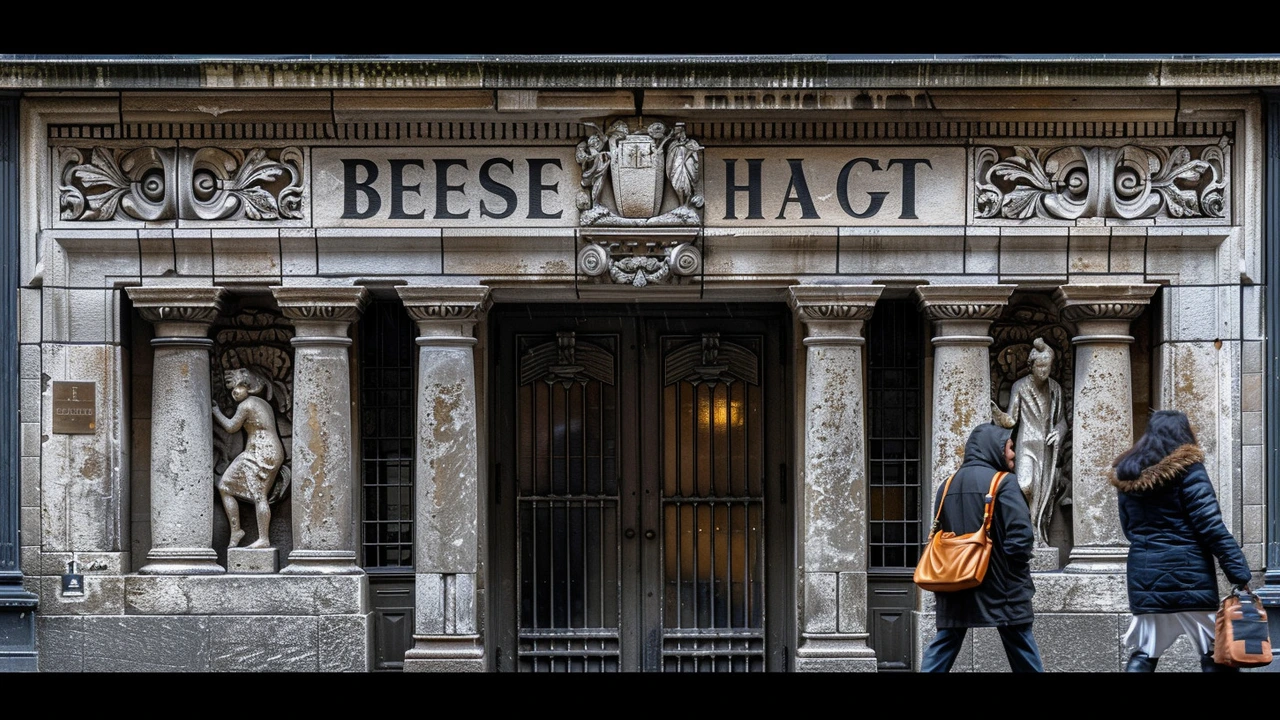Unveiling the Grandeur: A Deep Dive into Beaux-Arts Architecture's Rich History and Legacy
 Mar, 30 2024
Mar, 30 2024
Origins and Historical Context of Beaux-Arts Architecture
Tracing back to the 17th and 18th centuries in France, Beaux-Arts architecture emerged as a testament to the lavish and opulent design principles that defined European artistry. The term 'Beaux-Arts' is derived from the esteemed École des Beaux-Arts in Paris, where this architectural ideology was meticulously honed and taught. This style was predominantly influenced by classical Greek and Roman architecture, manifesting in elaborate decorations, grandiose scales, and a rigorous adherence to symmetry and proportion.
The harmony between function and aesthetics within Beaux-Arts architecture reflects the era's cultural ambitions to showcase power, wealth, and intellectual prowess through monumental buildings.It wasn't long before Beaux-Arts principles transcended French borders, leaving an indelible mark on the architectural landscape across Europe and North America.
During the late 19th and early 20th centuries, the Beaux-Arts movement gained significant traction in the United States, largely due to the influential City Beautiful movement which advocated for incorporating beauty and monumental grandeur into urban planning. American architects trained at the École des Beaux-Arts began to incorporate these principles into public buildings, bridges, and institutions, forging a distinctive architectural identity. The 1893 World's Columbian Exposition in Chicago was a pivotal moment, showcasing Beaux-Arts architecture's splendor to a wide audience and cementing its popularity in the US. This momentum carried forward, shaping buildings that stand as cultural and historical landmarks today.
Key Characteristics of Beaux-Arts Architecture
Beaux-Arts architecture is distinguished by its comprehensive approach to design, blending aesthetics, functionality, and an immense attention to detail. Key features include elaborate sculptures, decorative stonework, and intricate motifs that often depict scenes from mythology and history. The facades are typically grand and symmetrical, commanding attention with their bold structures and elaborate entrances. Columns and pilasters play a crucial role, drawing inspiration from ancient Greek and Roman temples, thereby creating a dialogue between past and present.
The interiors are equally lavish, with an emphasis on spacious halls, grand staircases, and opulent materials like marble, gold leaf, and mahogany. These spaces are designed to evoke awe and admiration, serving not just as functional areas but as artworks in their own right. The integration of modern utilities within this classical framework showcases Beaux-Arts architects' ability to marry innovation with tradition.
"The essence of Beaux-Arts architecture lies in its celebration of detail, scale, and the sensory experience," says noted architectural historian Jane Smith.This meticulous attention to detail ensures that each building tells a unique story, enriching its cultural and historical value.
Notable Examples of Beaux-Arts Architecture
Across the globe, several buildings stand as testament to the enduring allure of Beaux-Arts architecture. In Paris, the Palais Garnier opera house illustrates the style's opulence, with its lavish use of marble, frescoes, and gold. Meanwhile, the New York Public Library and the San Francisco City Hall exemplify how the style was adapted and flourished in American soil. Each of these buildings showcases the key characteristics of Beaux-Arts design, from their monumental facades to their richly decorated interiors.
In Australia, examples like the State Library of Victoria and the Queen Victoria Building in Sydney echo the grandeur and sophistication of the Beaux-Arts. These structures not only serve their functional purposes but also stand as cultural icons, representing the values and aspirations of the societies that built them. Through these examples, we can see the versatility of Beaux-Arts architecture, capable of adapting to various contexts while maintaining its distinctive style and ethos.
The diversity of Beaux-Arts architecture, spanning continents and cultures, highlights its universal appeal and adaptability.
The Legacy and Influence of Beaux-Arts Architecture Today
Though the popularity of Beaux-Arts architecture waned with the advent of modernist movements, its principles continue to influence contemporary architectural practices. Today, architects draw inspiration from its emphasis on symmetry, proportion, and detailed ornamentation to create buildings that merge classical aesthetics with modern functionality. The legacy of Beaux-Arts is also evident in the preservation and restoration efforts of historical buildings, ensuring that these architectural marvels continue to inspire and enchant for generations to come.
The enduring appeal of Beaux-Arts architecture lies in its ability to convey beauty and grandeur, proving that classical design principles can be timeless. As we look to the future, the lessons learned from Beaux-Arts architecture will undoubtedly continue to shape the built environment, reminding us of the power of architecture to influence and reflect societal values. In a world that often prioritizes functionality over aesthetics, Beaux-Arts serves as a poignant reminder of the importance of beauty in our daily lives.